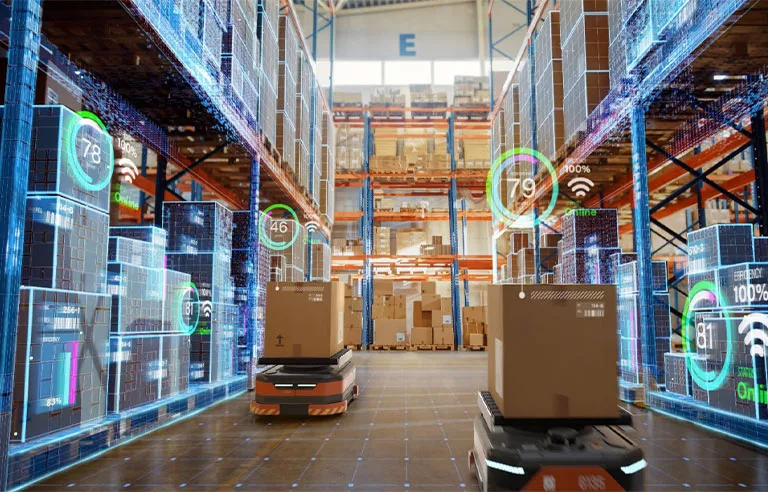
Washington — Generative artificial intelligence can enhance worker safety and health, but use of the rapidly evolving technology doesn’t come without concerns, according to a new report from the National Safety Council.
The report, a product of the NSC Campbell Institute, uses the Network of the National Library of Medicine’s definition of GenAI: “AI systems that produce new content such as text, speech, images, video or structured outputs by learning from existing data and generating novel outputs.”
It draws on insights from 27 peer-reviewed articles, industry reports and other literature published globally between 2018 and 2024 to highlight how GenAI is beginning to make an impact across diverse environmental, health and safety functions in the workplace.
Campbell researchers identified five key trends:
- A surge in GenAI publication activity. The number of articles published in 2024 (17) rose 62% compared with in 2023 (six).
- Global and sectoral diversity, highlighted by literature and case studies from three continents, international agencies and numerous industries.
- Enhanced incident reporting that included real-time risk detection, which included tools such as a “virtual risk assistant” that was tested in workplaces in Estonia.
- Enhanced predictive risk modeling to help improve operational readiness in heavy manufacturing and insurance by making risk models more scenario-rich, robust and flexible.
- Creative safety training tools that produce dynamic, context-specific content tailored to a specific workforce’s needs, such as safety scenarios and quizzes.
Adoption challenges are evident, however, and include limited AI literacy among EHS professionals, skepticism toward AI-generated narratives or recommendations, and fears that systems could displace human judgment or undermine professional expertise.
In addition, small and medium-sized businesses face resource constraints when trying to deploy GenAI solutions, along with cost concerns and unclear compliance pathways.
Another challenge: infrastructure. To be effective, the research shows, GenAI tools require integrated digital workflows, clean and structured data, and robust governance or safety management systems.
“Enthusiasm around GenAI is high,” writes Carolyn Evemy, author of the report and research associate at NSC, “but there is a growing consensus that we need to critically examine not just GenAI’s technological capabilities but also the ethical and operational risks of its adoption in high-stakes environments.”
McCraren Compliance offers many opportunities in safety training to help circumvent accidents. Please take a moment to visit our calendar of classes to see what we can do to help your safety measures from training to consulting.
Original article published by Safety+Health an NSC publication


